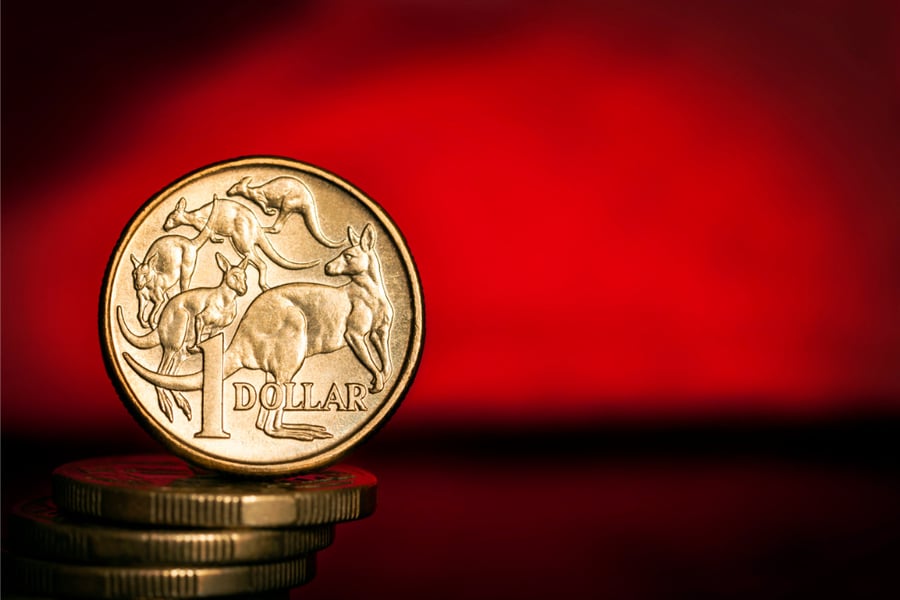Forecasters said 77% chance of a rate cut to 0% - what happened?

The cash rate has remained unchanged at 0.1% following the Reserve Bank of Australia’s June cash rate decision. The announcement comes amid a 77% market expectation of a decrease to 0% and a 23% expectation of no change, according to the ASX RBA Rate Tracker.
While the market pointed to a greater chance of rates dropping to zero rather than staying the same, talk has largely been around whether the cash rate would rise earlier than the RBA was letting on.
For the past few months, RBA Governor Phillip Lowe has maintained the central bank will not move the cash rate until actual inflation is sustainably within the RBA’s target range of 2-3%. For this to happen, wages growth needs to be materially higher – something the central bank doesn’t expect will happen until 2024 at the earliest.
Despite this, many economists have predicted the cash rate will increase before then due to global inflationary pressures. However, the general consensus has been that there will be a small increase in a couple of years’ time. ANZ head of FX and G3 research Daniel Been told MPA in a recent interview he didn’t expect the cash rate in Australia to move until 2023.
According to Connective executive director Mark Haron, now is far too early for the cash rate to increase.
“The RBA has signalled quite strongly their views to changes on the cash rate,” he said. “While there is speculation that perhaps that three-year horizon the Reserve Bank governor has mentioned may come back a little, it’s far too early for there to be any increases in the cash rate.
“The Reserve Bank has already started to ease its monetary structure around funding into the markets such that we’re starting to see three- or four-year fixed rates heading up, so I think rates will still be on hold for the foreseeable future.”
CreditorWatch chief economist Harley Dale, the decision comes amid positive economic indicators.
“Updates on the economic recovery remain largely positive, including better than expected outcomes for the business sector and red hot property prices,” he said. “The synchronisation of expansionary fiscal policy and ultra-low interest rates are clearly paying dividends and the Reserve Bank of Australia appears quite comfortable with the current situation as the central bank holds fast on interest rates until the dynamics of Australia’s inflationary pressures change.
“We still need to work hard to find a decent inflationary pulse for the economy though and that ever-elusive evidence of upward pressure on wages. It's just one month to go until the RBA’s $200 billion term funding facility for banks comes to an end.
“H2 will be an important time for boosting business investment and ensuring Australia’s economic recovery remains durable.”
 Kate McIntyre is an online writer for Mortgage Professional Australia. She has a wealth of experience as a storyteller and journalist for a range of leading media outlets, particularly in real estate, property investing and finance. She loves uncovering the heart behind every story and aims to inspire others through the artful simplicity of well-written words.
Kate McIntyre is an online writer for Mortgage Professional Australia. She has a wealth of experience as a storyteller and journalist for a range of leading media outlets, particularly in real estate, property investing and finance. She loves uncovering the heart behind every story and aims to inspire others through the artful simplicity of well-written words.Email | LinkedIn



